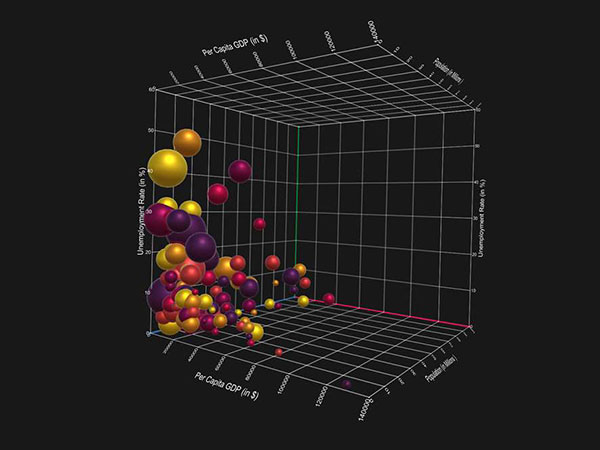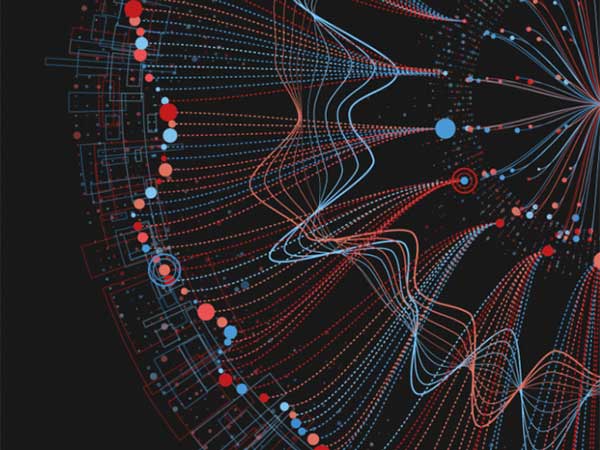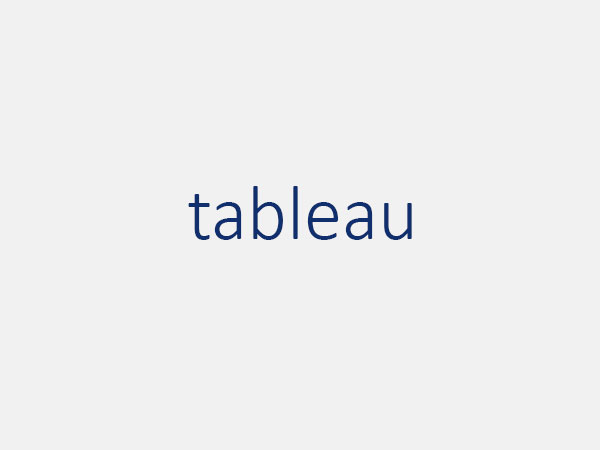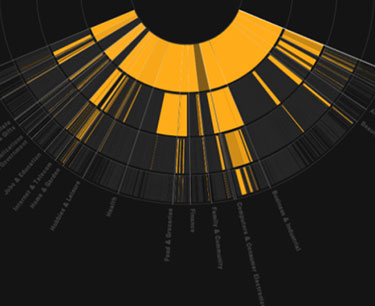We’ve all seen one of those movies that is widely critically acclaimed, but which we don’t enjoy watching. There are many movies like this that come out each year. The critics rave, the indie awards are heaped on, and audiences never bother to tune in. Why is that? Sometimes art and craft do not add up to accessibility. That’s where design comes in.
Design is the marriage of fashion and function. It’s not an attempt to make something simply beautiful, or technically perfect, or intellectually pure. It’s an attempt to make something useful. Something where the appearance and aesthetic qualities are always in service of the thing’s ultimate purpose.
Designers are not users. This can cause them to get out of step with what real people actually want and need. There have been thousands of high-dollar design campaigns through the decades that have resulted in a product no one buys or wants to use. This is why drawing data from the opinions and experiences of real world users is invaluable to the design process. In fact, it’s the only way to make sure that the designers are asking the right questions when making the thing you need.
DIY design solutions like Crello.com have made consumer preferences implicit in the way they’ve set up their services. Images, templates, animations, and editing tools are included which appeal to a great cross-section of modern consumer culture. Designers who operate within a framework like this will have a good place of inspiration to start with. It’s much harder for non-professionals to “Start from scratch” as it were, making the fundamental decisions about how to make something that people actually enjoy and want to use. In this case, it’s better to hire the pros.
Professional designers have a whole bastion of tools to get important information from the people who may go on to use and by the products and systems being designed. These are conducted through surveys, site analytics, research aimed at consumers on the micro and macro levels, A/B testing of products and services, and basic user testing. Without a solid understanding of the data derived from these research methods, a designer is “designing blind”, simply relying on instinct and knowledge, which may not always be relevant to the customer base the product or service is trying to engage.
Scaling up – the act of growing the app organically to match the users’ needs – is a requirement for app developers who don’t expect to stay small forever. There will be multiple information sources that can be tapped to extract useful data that’s presentable inside the app. Doing things this way makes the app size smaller and its initial download time reduced which has some appeal for people who don’t like bulky apps. Where in-app data downloads are storable on external micro-SD cards (as is often the case within the Android eco-system), the total file size isn’t prohibitive. Internal data can be downloaded from the cloud, an RDBMS, file archives and other sources like social media profiles to populate the app’s data storage post-install. Scaling up well is essential for fast app operations which reflects on the app’s brand too.
It’s an important step in the life of every designer to realize that they don’t know everything about customer needs and preferences. In the early days of a designer’s career, it is easy to think that you are all-knowing about trends and taste. But after a designer gets out in the world, they will discover that there is a wide range when it comes to tastes and needs, although there are still universal standards of design which all should employ.
Understanding the data behind these realities makes it much easier to blend universal design fundamentals with those which will be most relevant to the company in question and to their eventual customers. If you are a company seeking design, it’s important for you to understand this reality as well, as it will help you communicate with and guide your designer to create the perfect images and interfaces for the end result you are looking for.
Take the time to understand design, and you will give yourself a scaffolding upon which to build a final design product. Without data, you will be improvising. Improvisation has a chance of being a success, but preparation and composition is almost always going to be more stirring and relevant to the greatest number of people. Take the time to get good data, and your design will benefit as will your business.
Look ahead beyond the initial design and development to the app’s future. Building a community of users who are fans of what the app offers or the brand behind it, is essential. The users often have smart suggestions about what is wrong with the current app and surely have suggestions for improvement for the next iteration. These same users are the natural early testers of the next major beta version to show some of their ideas come to life and to work with the developers to refine the new ideas from initial concept to final release version.
In situations where it’s expected that the app will need to be updated at least on a weekly basis with tweaks, bug fixes, improvements and new features ahead of a major new version, then the designers must embrace agile software development principals. By constructing the app’s internal framework to permit simple changes and updates without having to re-code large portions of the existing code base to implement and test updates before release, developers can responsibility release frequent minor updates throughout the year without risking the integrity of the app.














